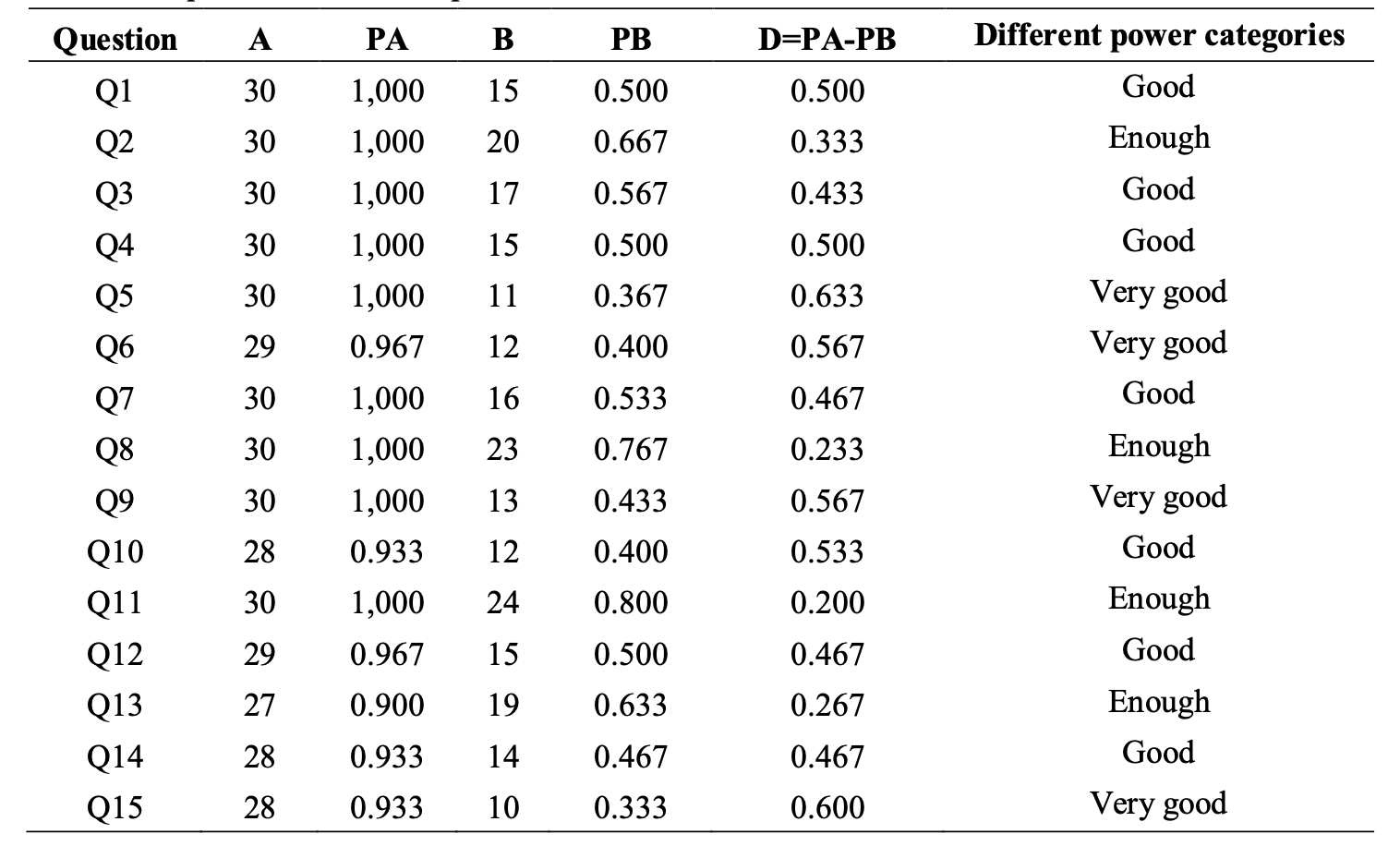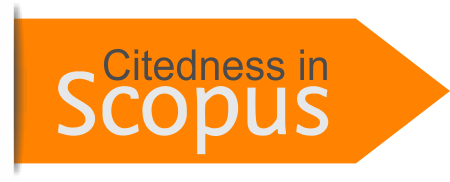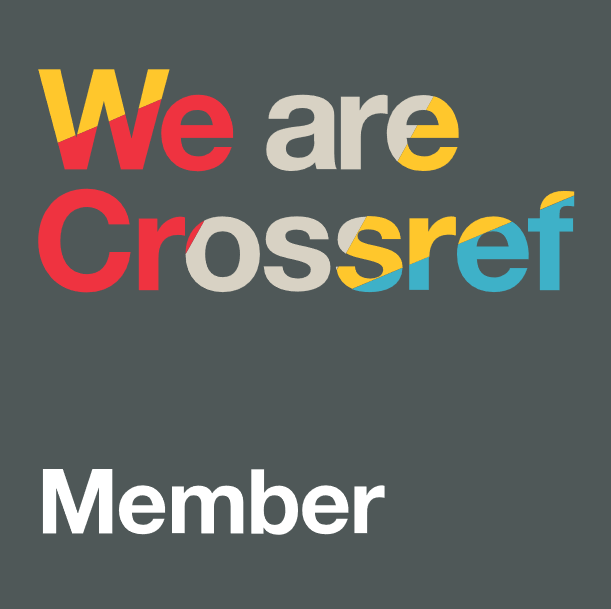Harmonizing technology and tradition: Analysis of grade VI mathematics midterm exam questions
DOI:
https://doi.org/10.31629/jg.v9i2.6934Keywords:
question quality, classical test theory, validity, reliability, distractor effectivenessAbstract
In education, evaluation instruments such as tests are important tools to measure students' abilities objectively. However, unbalanced question quality, such as too easy difficulty levels or ineffective distractors, can reduce the validity and reliability of the test in distinguishing participants' abilities. This study analyzed the quality of the midterm test Mathematics questions for Grade VI at Sekolah Prestasi Global. Analysis using CTT with the help of SPSS and JMetrik allows for a more detailed evaluation of the quality of the questions. The source of research data was the results of 111 students' answers to 25 Midterm Exam Questions, with 15 multiple-choice questions analyzed further, consisting of 10 multiple-choice questions and five true-false questions. The results showed that most of the UTS Mathematics questions for Grade VI were relatively easy (80% with a difficulty level >0.70), so they were less effective in distinguishing participants' abilities. Only three questions were in the ideal difficulty level category (0.31–0.70), while most distractors were ineffective with low or zero discrimination values. Although the overall reliability of the question was good (Cronbach's Alpha 0.763), improvements in test quality are recommended through question revisions, distractor improvements, and a more balanced distribution of difficulty levels. This study concludes that the quality of the Grade VI Mathematics UTS question at Sekolah Prestasi Global needs to be improved through revision of easy questions, improvement of distractors, and a more balanced distribution of difficulty levels to produce a test instrument that is more valid, reliable, and able to evaluate participants' abilities accurately.
Downloads

Downloads
Published
Issue
Section
License
Copyright (c) 2024 Jurnal Gantang

This work is licensed under a Creative Commons Attribution-NonCommercial-ShareAlike 4.0 International License.

















